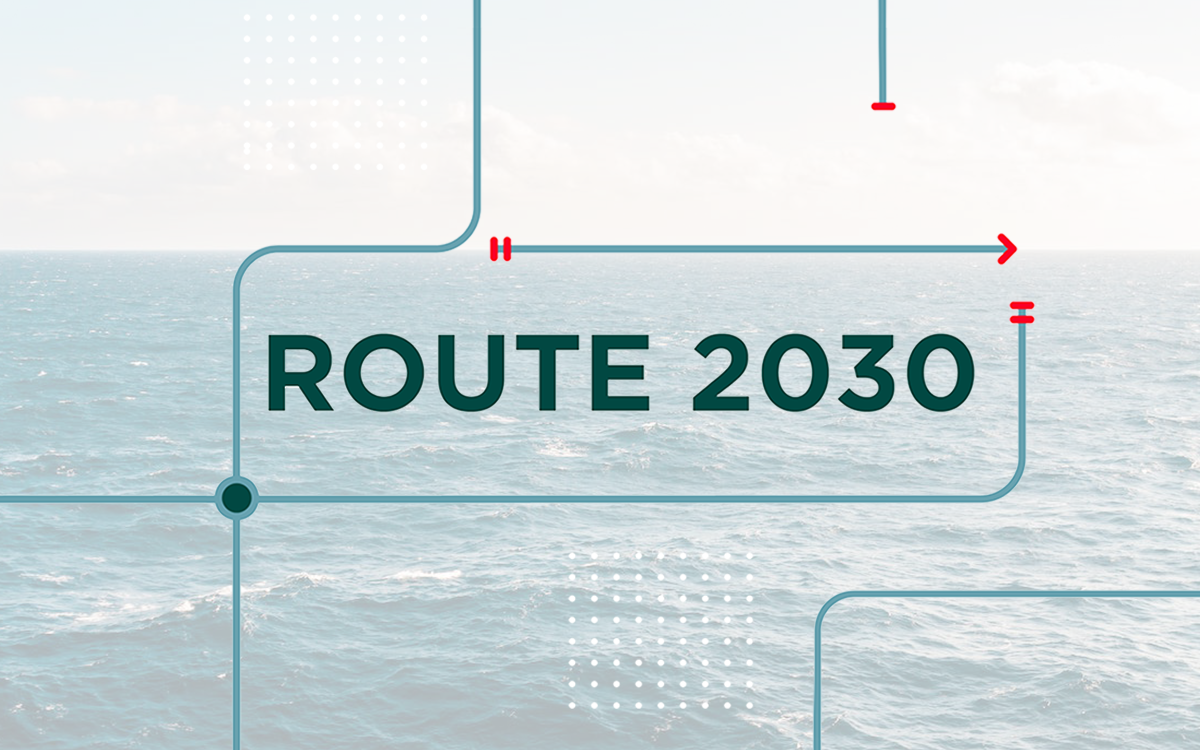B.I.G. is on course to achieve a zero environmental footprint by 2030. That’s right, zero. To make this journey more tangible, we’d like to offer you a passenger’s seat from which you’ll be able to really get up close and immerse yourself in our various sustainability projects. In this edition: Needle Felt Kruisem saves 5 million liters of water a year – the equivalent of 2 Olympic swimming pools.
At B.I.G., we advocate a global approach to sustainability. However, we recognize that the individual actions of our sites and divisions make all the difference in reaching a zero footprint. The steps Needle Felt Kruisem has recently taken to drastically reduce its water consumption are a perfect example.
Needlefelt In Action
“In October 2021, our global Needle Felt division launched NIA, short for Needlefelt In Action”, says Process Engineer Seppe Van Loo. “With NIA, we want to give our sustainability and cost efficiency an additional boost, to highlight our market leadership. Launched just one year ago, NIA has already generated numerous initiatives, including the water saving project at Needle Felt Kruisem.”
Pumping water for our operations
“At Kruisem, we use water for different purposes: we need it to produce the backing for our products, as well as for the cleaning and rinsing processes. In the past, we would pump water without considering how much we actually needed. As a result, we were pumping about 19.5 million liters of water every year in Kruisem, and discharging the surplus into the local Zaubeek brook.”
Pump less, discharge less, save more
“To better match the amount of water being pumped to the amount we need for our operations, the first thing we needed to do was to map every single one of our water flows. Our calculations showed that every year we were pumping 5 million liters more than we actually needed. By adjusting our pumping system we were able to eliminate this excess, which immediately reduced our total water consumption by 25%.
The less water we pump out of the ground, the less we need to purify, and thus our costs have also been reduced significantly. This new, more efficient use of water means that our operations are much more ecological and also more cost-effective, with a saving of 10,000 euros per year. On top of this, we have also improved our water cleaning system so that we can clean as much water as possible internally, which will further improve cost efficiency and reduce our impact on the planet.”
“The NIA water saving project is a first step in the right direction. Next year, we will continue to explore new ways to reduce our water consumption, such as closed-loop systems, and set clear reduction targets for our entire group.”
